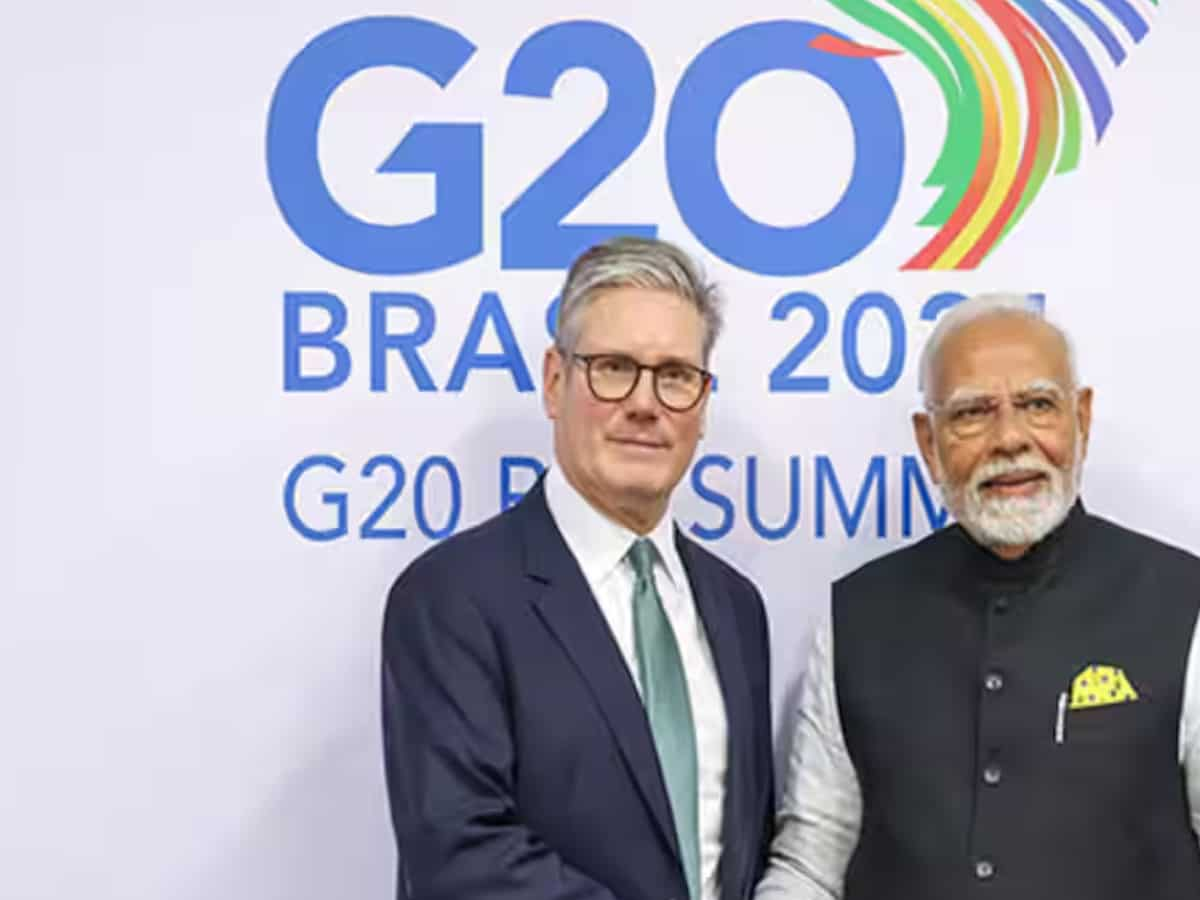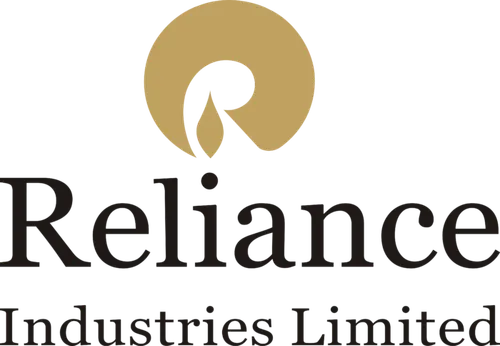In a significant milestone, India has successfully concluded a free trade agreement or FTA with the United Kingdom (UK), following three years of negotiations.
Here’s all about India-UK FTA and its impact on D-Street
First, here is a brief about the foreign trade agreement between India and the UK
- Trade will increase from $6,000 crore to $12,000 crore by 2030
- There will be no duty on 99 per cent of India’s exports to Britain. In a similar move, India will also reduce tariffs on 90 per cent of imports from the UK.
- Furthermore, as per the statement on the website of the UK government under the India-UK FTA, “automotive tariffs will go from over 100 per cent to 10 per cent under a quota”.
- Duty on whisky in India will be reduced from 150 per cent to 75 per cent, with the duty being slashed to 40 per cent in the next 10 years
Prime Minister Narendra Modi said that the landmark agreements will further deeper the comprehensive strategic partnership between the two countries.
Delighted to speak with my friend PM @Keir_Starmer. In a historic milestone, India and the UK have successfully concluded an ambitious and mutually beneficial Free Trade Agreement, along with a Double Contribution Convention. These landmark agreements will further deepen our…
— Narendra Modi (@narendramodi) May 6, 2025
Winners and losers in the India-UK FTA Deal
Amid the ongoing trade war turbulence, India-UK FTA deal is viewed to be very positive. Experts remark that India is set to benefit in two ways-
1. The deal is very positive for sectors that increase employment.
2. Also, there is a huge possibility of an increase in exports.
Sectors to benefit from India-UK FTA agreeement
1. Textile
2. Gems and Jewellery
3. Auto Components
4. Pharma
5. Agri Process Food
Anurag Dhole is a seasoned journalist and content writer with a passion for delivering timely, accurate, and engaging stories. With over 8 years of experience in digital media, she covers a wide range of topics—from breaking news and politics to business insights and cultural trends. Jane's writing style blends clarity with depth, aiming to inform and inspire readers in a fast-paced media landscape. When she’s not chasing stories, she’s likely reading investigative features or exploring local cafés for her next writing spot.






